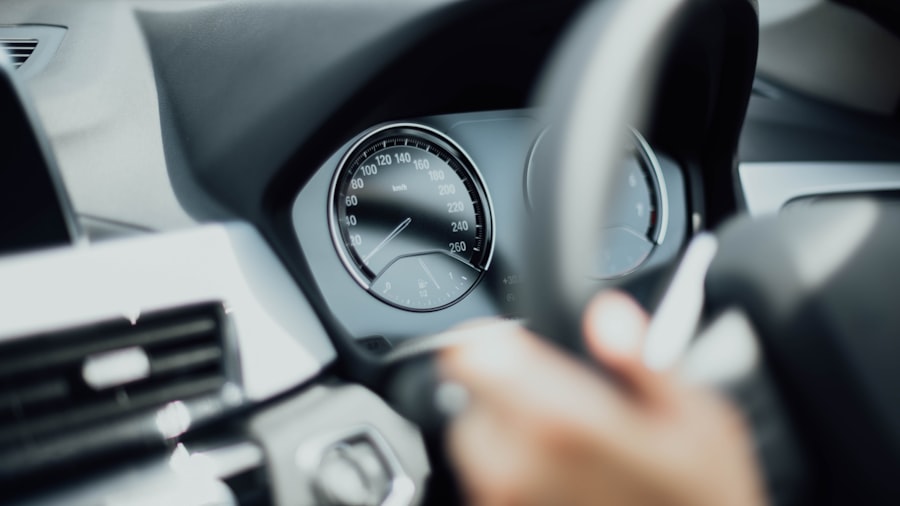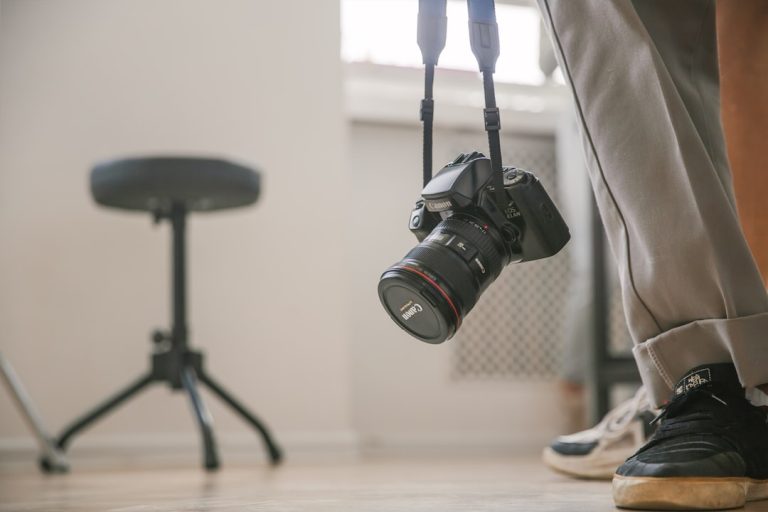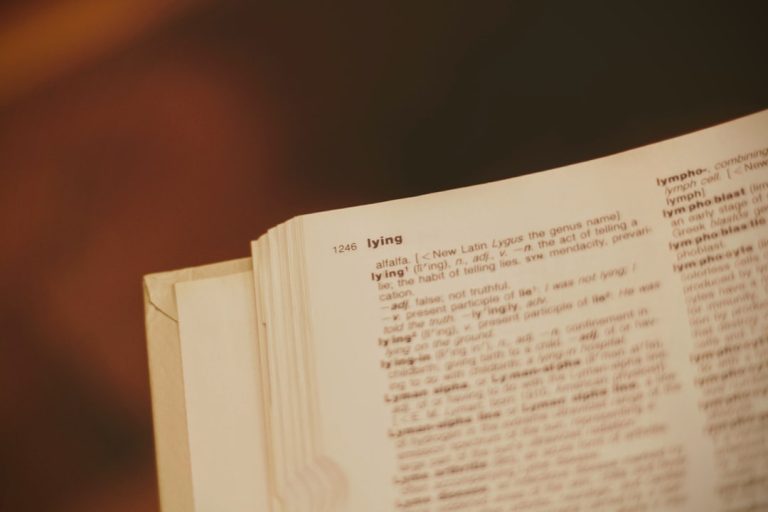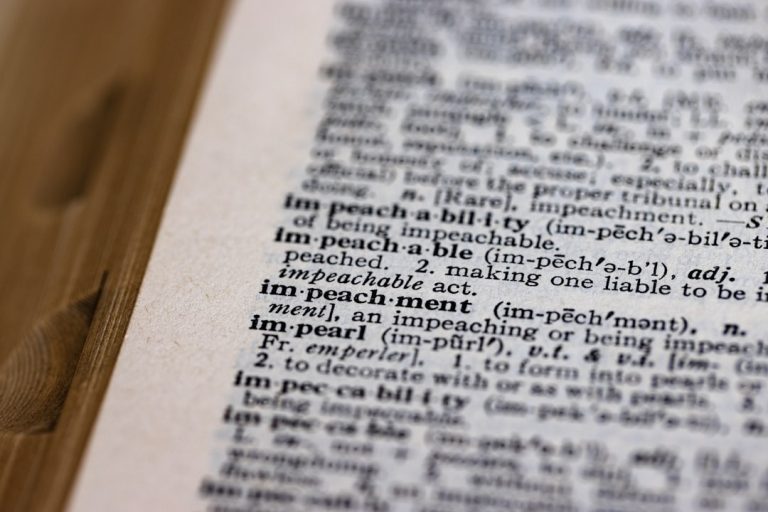
Dashes are versatile punctuation marks that serve various functions in writing, often adding clarity, emphasis, or a dramatic pause. Unlike commas, which can sometimes create confusion or ambiguity, dashes provide a clear break in thought, allowing the writer to insert additional information or commentary without disrupting the flow of the main sentence. The dash is visually distinct, typically longer than a hyphen and shorter than a parenthesis, making it an effective tool for drawing attention to specific elements within a sentence.
The most common types of dashes are the em dash (—) and the en dash (–). The em dash is often used to create a strong break in thought or to set off a phrase that adds emphasis or clarification. In contrast, the en dash is primarily used to indicate ranges, such as dates or numbers, and can also connect related concepts.
Understanding the basic functions of these dashes is essential for any writer looking to enhance their prose and convey their ideas more effectively.
Key Takeaways
- Dashes are punctuation marks used to set off information within a sentence.
- There are three types of dashes: the em dash, the en dash, and the double hyphen.
- Dashes can be used to add emphasis to a particular phrase or clause within a sentence.
- Dashes are used in punctuation to indicate a sudden break or change in thought.
- In American literature, dashes are often used to create a sense of immediacy or interruption in dialogue.
Different Types of Dashes
Em Dash: Adding Emphasis and Drama
For instance, in the sentence “She was determined to win the race—no matter what it took,” the em dash emphasizes the speaker’s resolve and adds a dramatic flair. This flexibility allows writers to choose how they want to present their thoughts, making the em dash a powerful tool for expression.
En Dash: Connecting Related Items
The en dash, while less commonly discussed, plays a crucial role in connecting related items. It is often used to indicate ranges, such as “the years 1990–2000,” where it signifies a span of time.
Enhancing Readability with En Dashes
Additionally, the en dash can connect two words that are linked in meaning, such as “the New York–London flight.” This usage helps clarify relationships between terms and can enhance readability by providing a visual cue that indicates a connection.
Using Dashes for Emphasis

One of the most effective uses of dashes is to create emphasis within a sentence. By inserting an em dash, writers can draw attention to a particular idea or phrase that they want to highlight. For example, consider the sentence: “The results were astonishing—beyond anything we had anticipated.” Here, the em dash serves to underscore the unexpected nature of the results, creating a moment of suspense before revealing the magnitude of the findings.
Moreover, dashes can also be employed to introduce an unexpected twist or an afterthought that adds depth to the narrative. For instance: “He was going to propose—until he saw her with someone else.” The em dash here not only emphasizes the abrupt change in intention but also evokes curiosity about what led to this shift. This technique can be particularly effective in storytelling, where maintaining reader engagement is paramount.
Dashes in Punctuation
| Category | Number of Dashes |
|---|---|
| Em dash usages | 25 |
| En dash usages | 15 |
| Hyphen usages | 10 |
In terms of punctuation rules, dashes are unique in their application and can often be used interchangeably with other punctuation marks.
For instance, while commas can create pauses in sentences, they may not always convey the same level of emphasis as an em dash.
Similarly, parentheses can enclose additional information but may suggest that the enclosed content is less important than the main idea. Dashes, on the other hand, signal that the inserted information is integral to understanding the sentence’s meaning. When using dashes in writing, it is essential to maintain consistency in style.
For example, if a writer chooses to use em dashes for emphasis in one part of their text, they should continue this practice throughout their work. This consistency not only enhances readability but also reinforces the writer’s voice and style. Additionally, writers should be mindful of spacing around dashes; while some style guides recommend no spaces before or after an em dash, others may allow for spaces depending on the context.
Dashes in Writing Style
Dashes can significantly influence a writer’s style and tone. Their ability to create pauses and emphasize certain phrases allows authors to craft sentences that resonate with readers on an emotional level. For instance, in creative writing, dashes can mimic natural speech patterns, making dialogue feel more authentic and relatable.
A character might say: “I just can’t believe it—I thought we were friends!” The use of an em dash here captures the character’s surprise and frustration, adding depth to their emotional state. In addition to enhancing dialogue, dashes can also contribute to a more dynamic narrative structure. Writers can use them to break up long sentences or complex ideas into digestible parts.
This technique not only aids comprehension but also keeps readers engaged by introducing variety in sentence length and rhythm. For example: “The sun was setting—casting a warm glow over the horizon—while birds chirped their evening songs.” The dashes create a lyrical quality that draws readers into the scene.
Dashes in American Literature

Throughout American literature, dashes have been employed by various authors to convey complex emotions and ideas. One notable example is Emily Dickinson, whose poetry often features em dashes as a hallmark of her style. Dickinson’s use of dashes creates pauses that invite readers to reflect on her words and imbue her poems with an air of mystery.
In her poem “I heard a Fly buzz—when I died,” the em dash serves as a powerful interruption that heightens the tension and uncertainty surrounding death. Another prominent figure who utilized dashes effectively is Mark Twain. In “The Adventures of Huckleberry Finn,” Twain’s use of dashes reflects the colloquial speech patterns of his characters, adding authenticity to their voices.
For instance: “You don’t know about me without you have read a book by the name of ‘The Adventures of Tom Sawyer’; but that ain’t no matter.” The em dash here captures Huck’s informal tone and sets the stage for his narrative style.
Common Mistakes with Dashes
Despite their versatility, many writers struggle with using dashes correctly. One common mistake is confusing em dashes with hyphens or en dashes. While hyphens are used to connect words (as in “well-known”), and en dashes indicate ranges (as in “pages 10–20”), em dashes serve a different purpose altogether.
Writers should take care to use each type of dash appropriately to avoid confusion and maintain clarity in their writing. Another frequent error involves overusing dashes or relying on them as a crutch for punctuation. While dashes can add emphasis and clarity when used judiciously, excessive use can lead to choppy sentences and disrupt the flow of writing.
Tips for Using Dashes Effectively
To harness the full potential of dashes in writing, it is essential to practice mindful usage. One effective strategy is to read sentences aloud; this can help writers identify natural pauses where an em dash might enhance clarity or emphasis. Additionally, experimenting with different punctuation marks can provide insight into how dashes compare with commas or parentheses in conveying meaning.
Writers should also consider their audience when using dashes. While some readers may appreciate a more dynamic writing style that incorporates varied punctuation, others may prefer straightforward prose. Tailoring punctuation choices to suit the intended audience can enhance overall communication and ensure that messages are conveyed effectively.
Finally, studying examples from established authors can provide valuable insights into how dashes function within different contexts. By analyzing how writers like Emily Dickinson or Mark Twain employed dashes in their work, aspiring authors can develop their own unique style while mastering this powerful punctuation mark.
If you are interested in learning more about improving English conversation skills, check out this helpful article on English conversation through dialogues. This article provides valuable tips and strategies for English learners looking to enhance their speaking abilities. Mastering punctuation, such as dashes, is essential for clear and effective communication in American English.
FAQs
What is a dash in American English punctuation?
A dash is a punctuation mark that is used to indicate a sudden break or change in thought within a sentence. In American English, there are two types of dashes: the em dash (—) and the en dash (–).
What is the difference between an em dash and an en dash?
An em dash (—) is longer than an en dash (–) and is typically used to indicate a more significant break in thought, while an en dash is used to show a range or connection between two items.
How is the em dash used in American English punctuation?
The em dash is used to indicate a sudden break or change in thought within a sentence, to set off a parenthetical phrase, or to emphasize a point. It can also be used in place of commas, colons, or parentheses.
How is the en dash used in American English punctuation?
The en dash is used to show a range or connection between two items, such as in a range of numbers, dates, or times. It is also used to connect compound adjectives when the compound modifies a noun.
Are there any specific rules for using dashes in American English punctuation?
While there are general guidelines for using dashes, such as using the em dash for a more significant break and the en dash for showing a range, the rules for using dashes can vary depending on style guides and personal preferences. It is important to be consistent in the use of dashes within a document or piece of writing.






